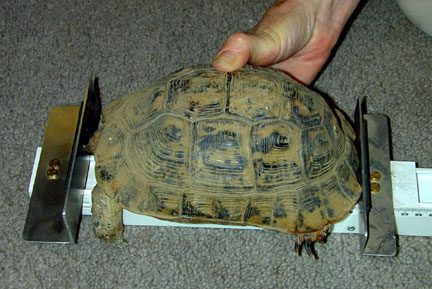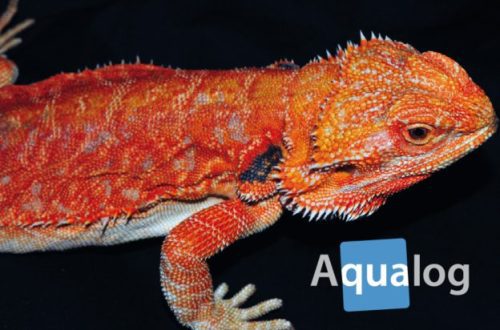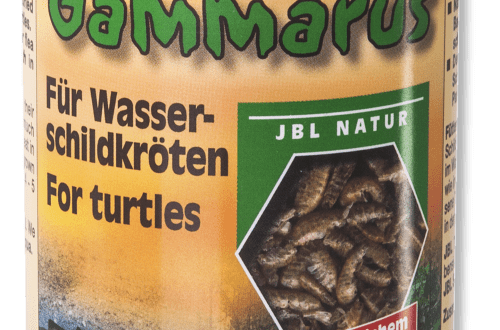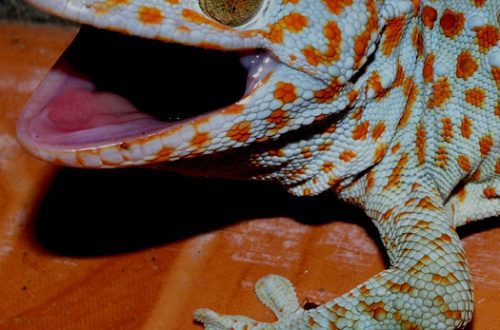
Proper organization of hibernation for tortoises.
As promised, we devote a separate article to the topic of hibernation, since a huge number of turtle health problems are associated precisely with the lack of awareness of the owners in this matter. Land Central Asian tortoise
Among our fellow citizens, as a rule, Central Asian land tortoises hibernate under the battery in the winter. This stereotype, which has developed over the years, that this is how a turtle should hibernate, is extremely dangerous for its health. And after another such wintering, the turtle runs the risk of not waking up at all. The fact is that the conditions, preparation and organization of hibernation in this case are completely absent. With such hibernation, dehydration of the body occurs, the kidneys continue to function, salts accumulate and destroy the tubules of the kidneys, which ultimately leads to kidney failure.
If you decide to organize hibernation for your pet, you should do it according to all the rules.
In nature, turtles hibernate under adverse environmental conditions. If all year round to maintain the conditions of keeping in the terrarium in accordance with the norms, then there is no special need for it.
Hibernation can be entered only absolutely healthy turtles. In a properly organized wintering, of course, there are some advantages, it has a positive effect on the hormonal system, increases life expectancy, and stimulates reproduction.
Hibernation is arranged in the autumn-winter months. First of all, it is necessary that by this period the turtle has accumulated a sufficient amount of fat, which will serve as a source of nutrients and liquid. Therefore, the turtle should be fed heavily. In addition, the turtle should not be dehydrated, so water is offered regularly and warm baths are arranged.
About two weeks before hibernation, the turtle must be stopped feeding. And for a week, stop water procedures. During this time, all the food in the stomach and intestines will be digested. Within two weeks, gradually reduce the length of daylight hours and temperature, while increasing humidity. To do this, the turtle must be planted in a container with moisture-retaining soil, such as moss, peat. Under natural conditions, turtles burrow into the soil during hibernation. Therefore, the thickness of the soil in the container should allow it to be completely buried (20–30 cm). The substrate must be kept constantly moist, but not wet. Ultimately, the temperature should be 8-12 degrees. It is important not to lower the temperature too sharply, this can lead to pneumonia. The temperature should not fall below zero, freezing leads to the death of reptiles. The container is placed in a dark place. And we leave “for the winter” young turtles for no more than 4 weeks, and adults – for 10-14. At the same time, we periodically moisten the soil from the spray gun, and, trying not to disturb the turtle, inspect it, weigh it. When moistening the soil, it is desirable that water does not fall directly on the animal. During hibernation, the turtle loses fat accumulations, water, but these losses should not be more than 10% of its initial weight. With a strong drop in weight, and also if you notice that she is waking up, you need to stop hibernation and “wake up” the pet. To do this, the temperature is gradually raised to room temperature over several days (usually 5 days). Then turn on the heating in the terrarium. After that, the turtle is satisfied with warm baths. Appetite, as a rule, appears a week after the optimum temperature is set in the terrarium. If this does not happen, you need to show the pet to a herpetologist.
If you are not sure whether your pet is healthy, whether you can properly arrange wintering for him, it is better to refuse hibernation, otherwise there will be much more harm than good. At home, subject to all maintenance standards, turtles are able to do without this “procedure”. If you are confident in yourself and the health of your pet, then pleasant, sweet dreams to the turtle!





